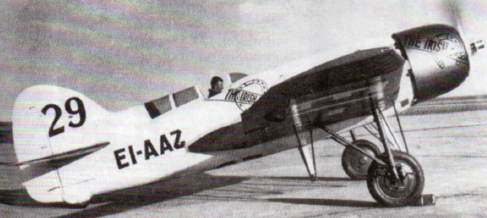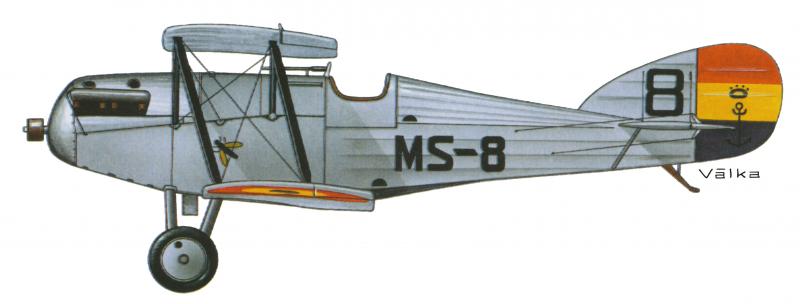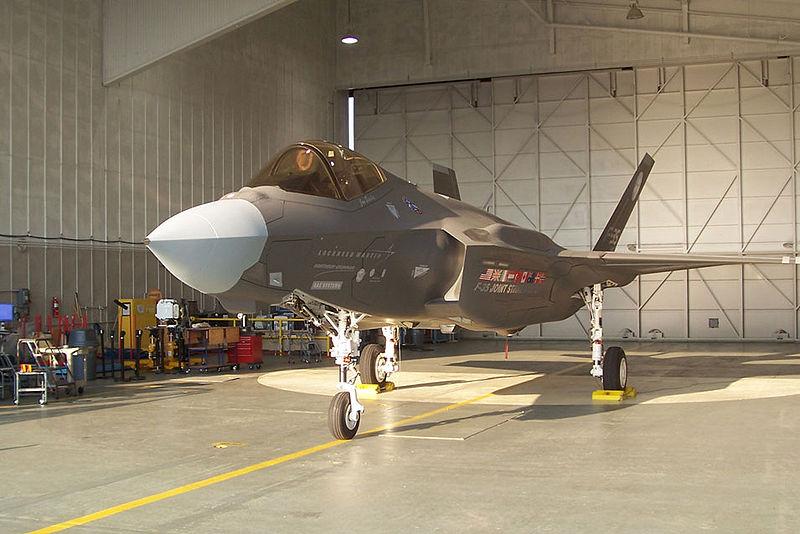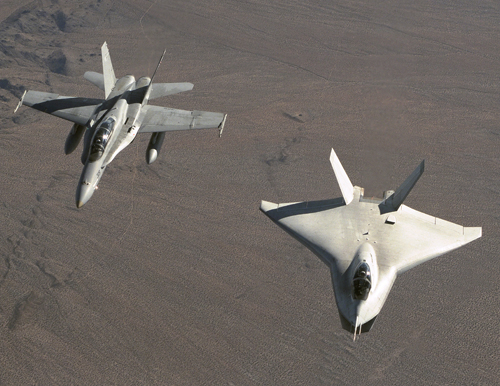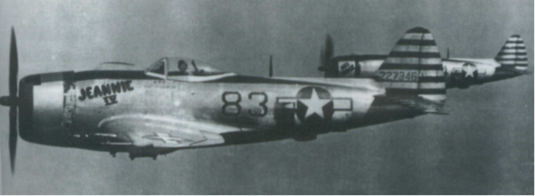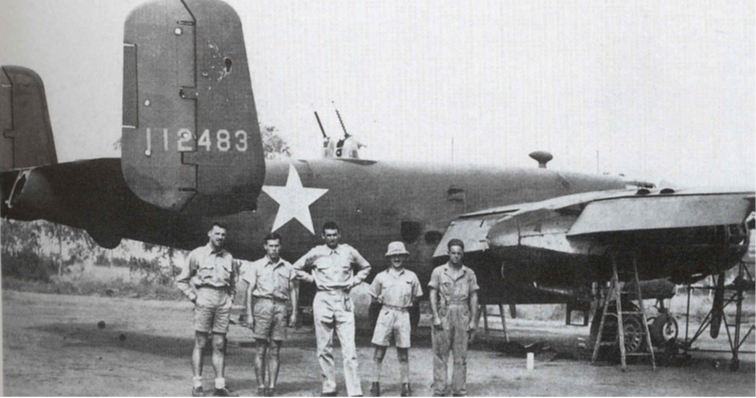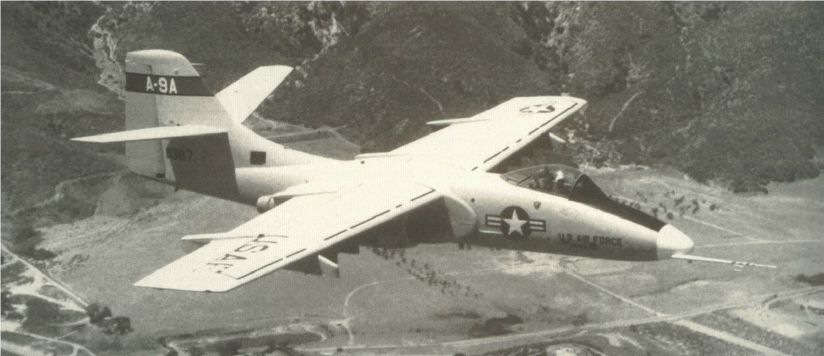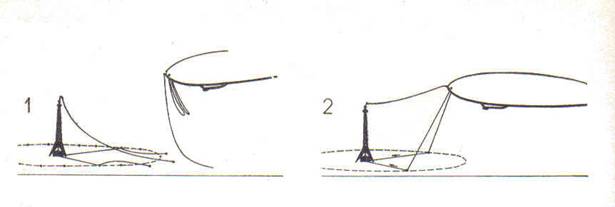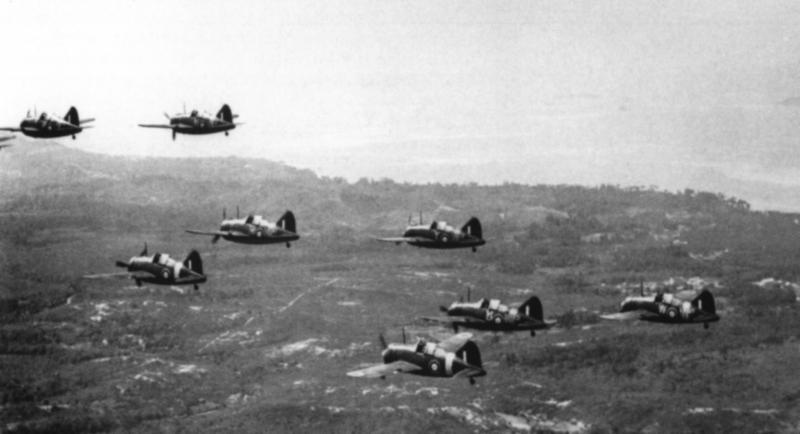
Buffalo Mk.I versus Zero
The American fighter Buffalo has become a real synonym for failure in the history of air battles in World War II. The characteristically shaped monoplane was developed by Brewster as an onboard aircraft for the US Navy. The only clearly successful deployment was the service of the Model 239 version in the ranks of the Finnish Air Force. In the British RAF, which together with the USN was one of its largest users, it completely failed.



